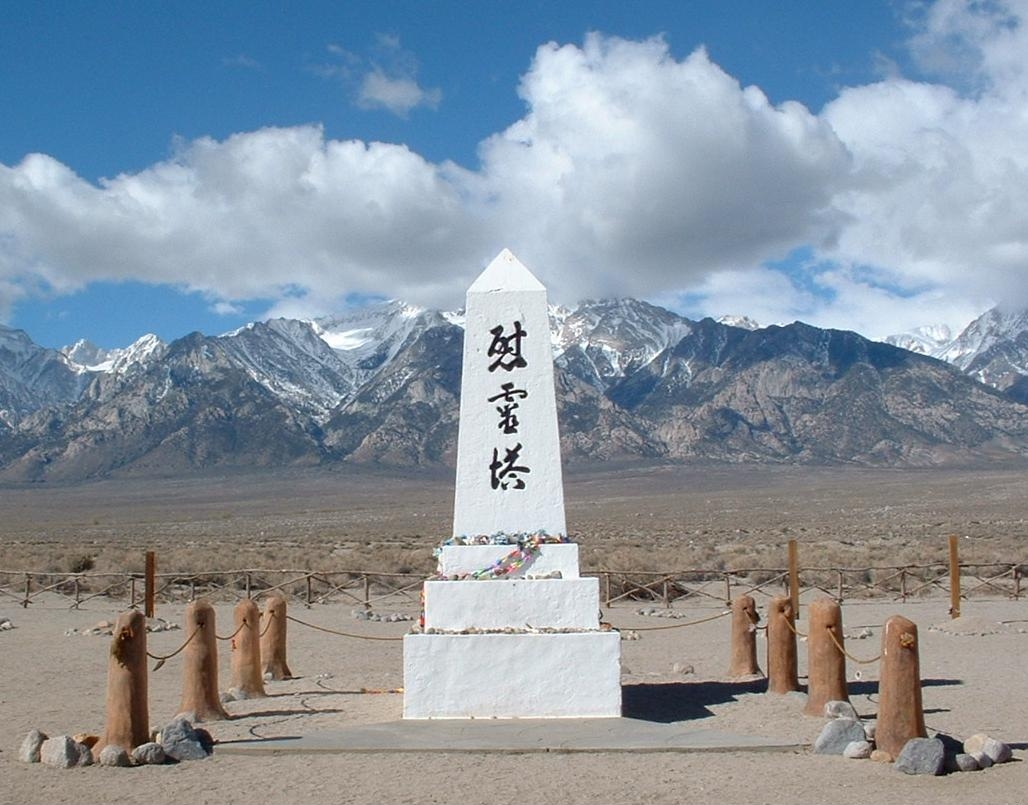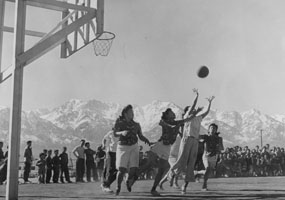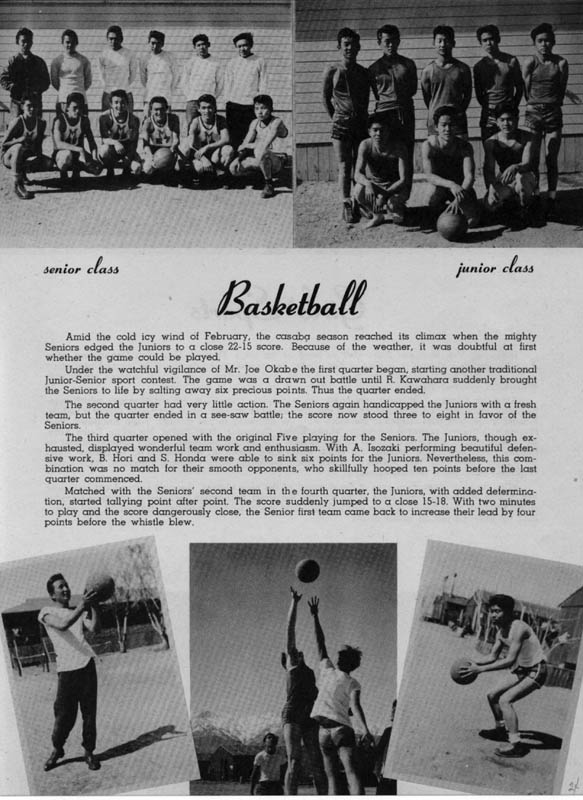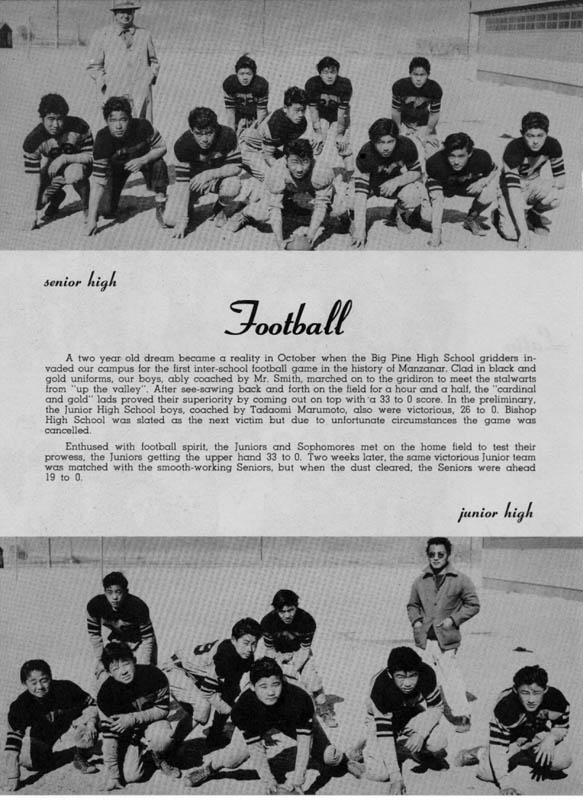Ralph Lazo was born in 1924 in the city of Los Angeles and was of Mexican/Irish
descent.When he was only 16, he learned that his Japanese American
friends and neighbors were being moved to
Manzanar at their will. He was outraged so Ralph Lazo was so angry that he joined friends on a train that took hundreds to Manzanar. He stayed their till the camp was closed after the war and was never asked about his ancestry.
Manzanar
Wednesday, May 8, 2013
Did you know?
"The Manzanar Interpretive Center is in the former high school auditorium. It was built by internees in 1944. For decades after the war the building was used by the county as a heavy equipment garage."
" Larry Shinoda is the designer of the 1963 Corvette Sting Ray. He was 12 years old when he came to Manzanar with his family."
"Two thirds of the Japanese Americans interned at Manzanar were American citizens. Most others would have become citizens if it were legally possible"
" Hours after Pearl Harbor the Hawaiian territorial governor declared martial law. With the exception of about 2,000 people confined in Hawaii or on the mainland, Japanese Americans were not forcibly removed from the islands. They comprised one-third of the population and their labor was essential for the war effort."
"Manzanar interned over 10,000 people behind barbed wire with no due process of law. Some internees found it ironic that the nearest town, six miles to the north, is named Independence."
Manzanar Today
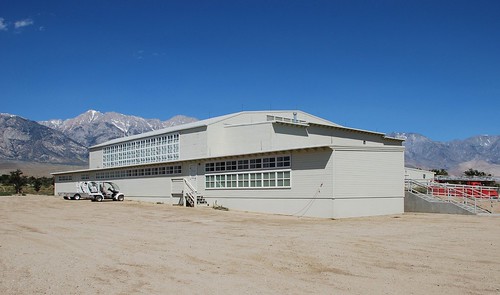
Manzanar still stands today as a National Historic Site. Its serves as a reminder to the United States government for the wrong that they did to the Japanese people in during the Second World War. Many people lost property and belongings though this hardship. To make try to make it up, the government of the United states issued the U.S. Civil Liberties Act which grants a $20,000 payment and an apology to 82,000 former internees of Manzanar.
What is life at Manzanar?
The Japanese tried to make their stay at Manzanar as normal as can be. Despite being put in an interment camp, the Japanese went on living their everyday life's. They went to school, ate in big cafeterias, played sports and event planted gardens.
Some gardens such as the one shown here are still at Manzanar. This was another way to use up your time and creating gardens became a hobby for most Japanese people who stayed at Manzanar.
Some gardens such as the one shown here are still at Manzanar. This was another way to use up your time and creating gardens became a hobby for most Japanese people who stayed at Manzanar.
EXTRA! EXTRA! Pearl Harbor bombed!

On a Sunday morning of December 7, 1941, tragedy struck. There was a surprise attack at Pearl Harbor by the Japanese and killed 350 U.S naval troops.It was considered a surprise attack because it was around 8 in the morning when the attack occurred. this was a declaration of war from the Japanese to the United States of America. This scared the united States government and caused them to pass a law to put all the Japanese in an internment camp.
Sports at Manzanar!
To distract themselves from the loss of freedom form others. The residents at Manzanar played sports to relieve the stress caused by being trapped in a 6,200 acre interment camp. Throughout the course of there stay at Manzanar the Japanese played sports such as Basketball, football and soccer!
They even had teams for the sports they played! The Japanese tried to make their life as normal as possible in the interment camp!
They even had teams for the sports they played! The Japanese tried to make their life as normal as possible in the interment camp!
What is Manzanar?

Manzanar was an interment camp for the Japanese people during the second world war. It held nearly 120,000 Japanese people throughout the course of the second world war. The camp is nearly 6,200 acres. Some of what was there still stands as a reminder of the harm done to the Japanese in the second world war.
Subscribe to:
Posts (Atom)

